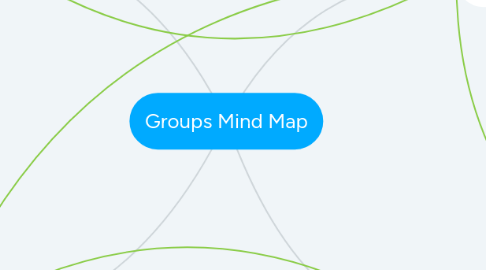
1. Elements related to group work with different populations
1.1. Ethical issues can arise and context is important to keep in mind
1.2. It is important to engage diversity and difference
1.3. Human rights are important to keep in mind when working with various and/or differing populations
1.4. Groups take time!
2. Elements related to group dynamics
2.1. Groups take time!
2.2. Beginning Phase Shulman Ch. 11
2.2.1. Contracting and re-Contracting Shulman Ch. 11
2.2.1.1. (1)an open-ended group, in which members join and leave the group continuously;
2.2.1.2. (2)a single-session group, often large, which meets for informational proposes or in response to a particular event or trauma; and
2.2.1.3. (3)the emerging use of the Internet for groups as well as initial and follow-up counseling;
2.2.1.4. (4)the telephone mediated group and
2.2.1.5. (5)single purpose groups illustrated by bullying prevention groups in schools.
2.3. Middle Phase Shulman Ch. 12
2.3.1. The leader, movement from general to specific and specific to general Shulman Ch. 12
2.3.1.1. Groups are not linear Shulman Ch. 12
2.4. Endings and Transitions Shulman Ch. 14
2.4.1. "Several common but not universal ending stages: ." Shulman Ch. 14
2.4.1.1. denial of the ending, anger over the ending, mourning, trying the ending on for size, and the farewell-party syndrome Shulman Ch. 14
2.5. Groups take time!
3. Elements related to stages of group work
3.1. The Group as a Mutual Aid System; people coming together to help each other. Shulman, Ch 10
3.1.1. Mutual Support, Mutual Demand, Strength in Numbers. Shulman, Ch. 10
3.1.1.1. Compatible with multiple frameworks
3.2. Group leader roles vary based on the group and its members
3.2.1. "The group leader always has “two clients”—the individual and the group" Shulman, Ch 10
3.3. Preparatory phase, group formation
3.3.1. Groups can come together or be brought together for many reasons, both voluntary and involuntary. Shulman, Ch 10
3.3.1.1. What if people don't show up?
3.3.1.1.1. Fears about competency
3.4. Confidentiality and building trust
3.4.1. Is the group open-ended or a closed group?
3.5. Group setting - where is this group meeting, what is the setting in which they meet?
3.5.1. Agency? Community? Public? Private? Educational setting? Health setting?
3.6. Groups take time!
4. Elements related to group work skills
4.1. Working with the individual and the group
4.2. The group is a dynamic system
4.3. Working with various group members, personalities and settings Shulman Ch. 13
4.3.1. Relationship to and with the leader
4.3.1.1. Many group member "types" and their personalities, each requiring special attention and skill
4.3.1.1.1. The scapegoat, the “deviant”, the internal leader, the gatekeeper, the defensive, the quiet, the monopolizer… Shulman Ch. 13
